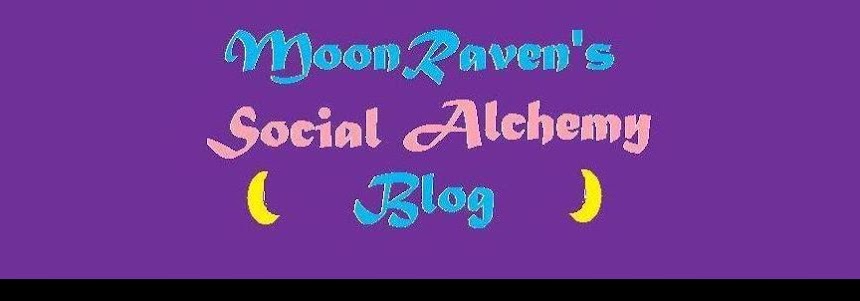Oops. I thought I’d done that review of Donella Meadow’s book Thinking in Systems that I promised long, long ago but I can’t find it looking through this blog. Unfortunately, this won’t be that review.
Thinking in Systems is a pretty good book. I reread it regularly and I still hope to review it, but one thing that bothered me about the book was Donella Meadow’s use of the word ‘hierarchy’ to describe what I think of as nested systems. Here’s an example:
“The world, or at least the parts of it humans think they understand, is organized in subsystems aggregated into larger subsystems, aggregated into still larger subsystems. … This arrangement of systems and subsystems is called a hierarchy.”
She goes on to say: “Corporate systems, military systems, ecological systems, economic systems, living organisms, are arranged in hierarchies.”
I have just been rereading parts of Fritjof Capra’s The Turning Point (which I reviewed almost seven years ago in a post called Capra 1:The Turning Point, 8/23/08). I wasn’t that impressed with much of it (I think it was more of a turning point for Capra’s thinking and work than anything out in the world) but I really liked his take on the use of the word hierarchy to describe what happens in systems. I’m going to quote liberally from his book:
“The multileveled structure of living organisms, like any other biological structure, is a visible manifestation of the underlying processes of self-organization. At each level there is a dynamic balance ... between systems levels. Systems theorists sometimes call this pattern of organization hierarchical, but that word may be rather misleading for the stratified order observed in nature. The word ‘hierarchy’* referred originally to the government of the Church. Like all human hierarchies, this ruling body was organized into a number of ranks according to levels of power, each rank being subordinate to the one at the level above it. In the past the stratified order of nature has often been misinterpreted to justify authoritarian social and political structures.
“To avoid confusion we may reserve the term ‘hierarchy’ for those fairly rigid systems of domination and control which orders are transmitted from the top down. The traditional system for these structures has been the pyramid. By contrast, most living systems exhibit multileveled patterns of organization characterized by many intricate and nonlinear pathways along which signals of information and transaction propagate between all levels, ascending as well as descending. That is why I have turned the pyramid around and transformed it into a tree, a more appropriate symbol for the ecological nature of stratification in living systems. As a real tree takes its nourishment through both its roots and its leaves, so the power in a systems tree flows in both directions, with neither end dominating the other and all levels interacting in interdependent harmony to support the functioning of the whole.
“The most important aspect of the stratified order in nature is not the transfer of control but rather the organization of complexity.”
(The asterisk (*) in the fifth line of this quote refers to the following note: “From the Greek hieros (‘sacred’) and arkhia (‘rule’).”)
I totally agree with Capra’s take on systems and hierarchy except I would use the term nesting (like Russian dolls) rather than stratified to describe systems within systems within systems. The hierarchies of corporations and the military are completely different from the way that living organisms and ecological systems are organized. There is no one at the top of a living system that gives commands. Rather you have decentralized systems enfolded within decentralized systems and things are worked out by emergence. (See my last post.)
I understand what Donella Meadows is saying about the need for system to work within systems, but I agree with Fritjof Capra that we need a different word rather than ‘ hierarchy’ to name this process.
Quote of the Day: “Hierarchies evolve from the lowest level up--from the pieces to the whole, from cell to organ to organism, from individual to team… Life started with single cell bacteria, not with elephants. The original purpose of a hierarchy is always to help its originating subsystems do their jobs better. This is something, unfortunately, that both the higher and lower levels of a greatly articulated hierarchy easily can forget. Therefore, many systems are not meeting our goals because of malfunctioning hierarchies.” - Donella Meadows
(Add: I would say the beginning of this as ‘Nested systems emerge from the lowest level up….’)

